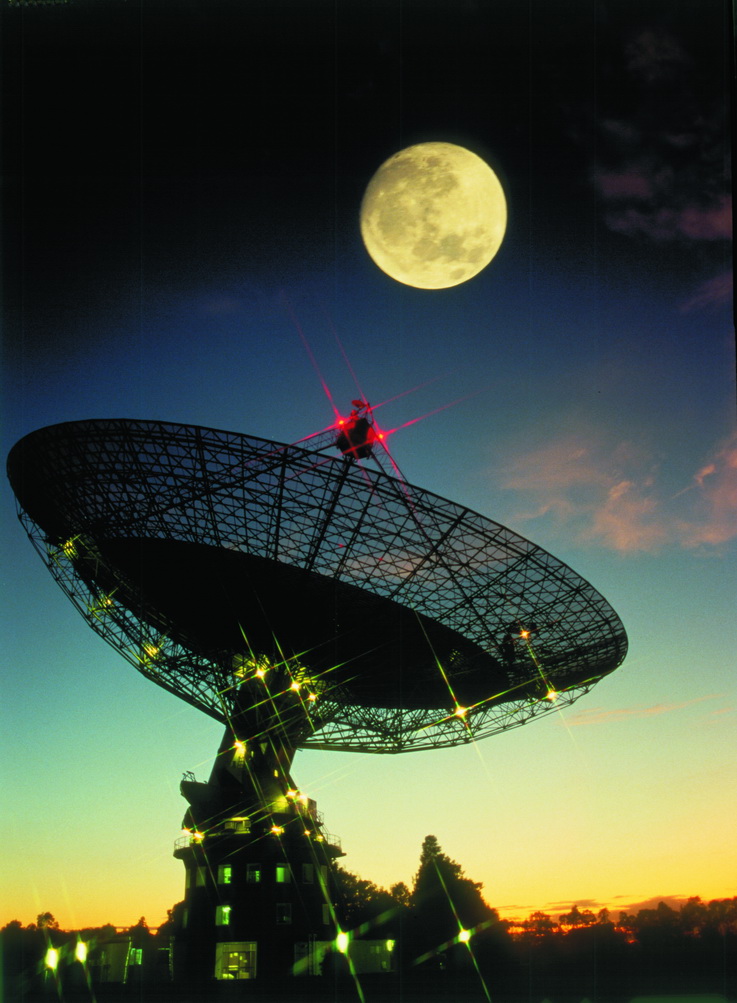| Description: | The ultra-high-energy end of the spectrum of cosmic rays is critical for understanding the nature and origin of these particles. However, the low flux of cosmic rays at these energies necessitates the use of extremely large detectors. The largest potential aperture is offered by the use of the moon as the detector, with ground-based radio telescopes used to detect the nanosecond-scale pulse produced when an ultra-high-energy particle interacts in the lunar regolith. I will review the motivation and history of these experiments, covering the specialised techniques required to detect pulses on such short timescales and the evaluation of the resulting limits on the fluxes of ultra-high-energy cosmic rays and neutrinos.
Image: A photo taken during the first lunar-radio-transient experiment in 1995 (image credit: Seth Shostak). |

